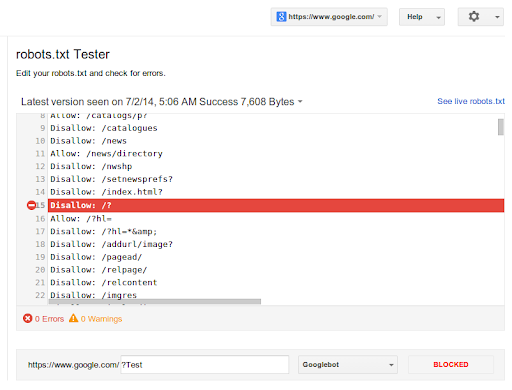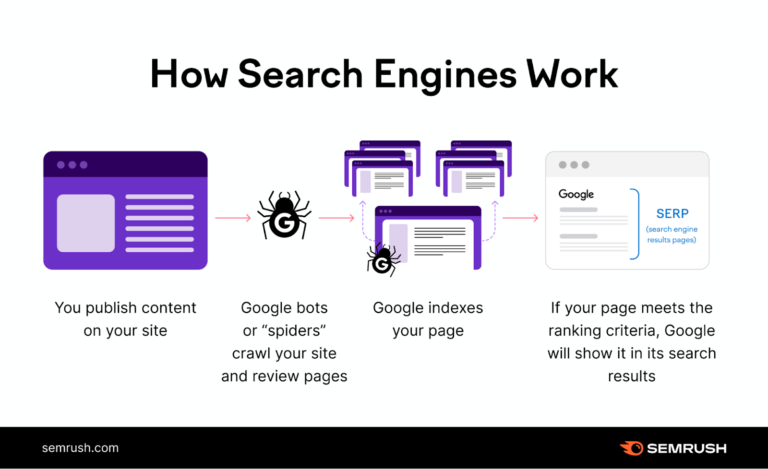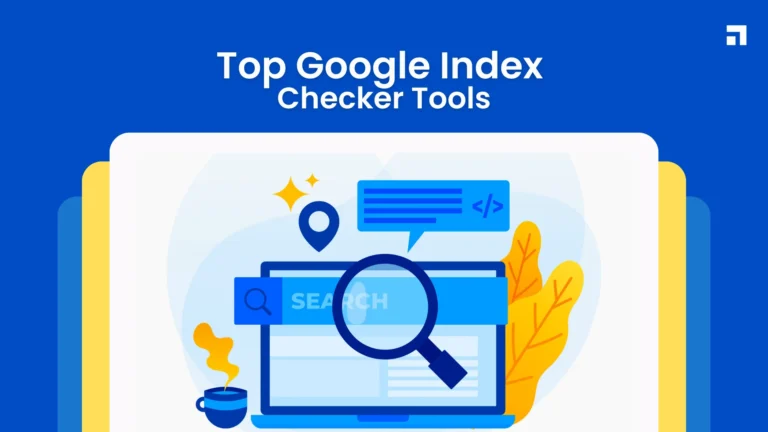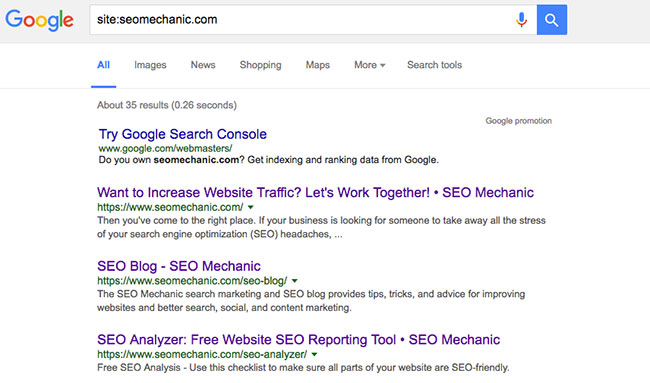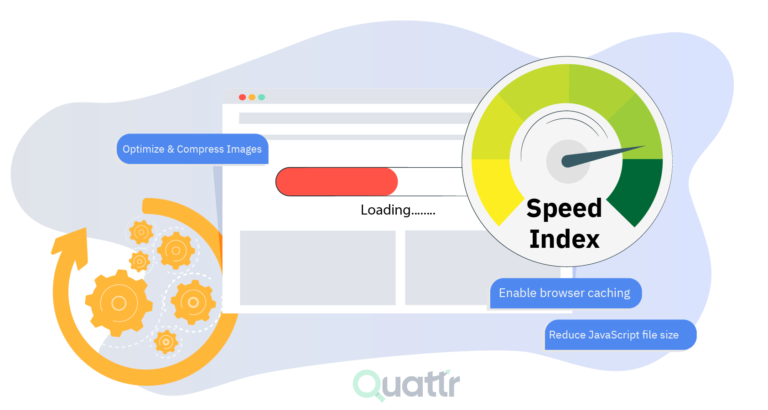404 errors can negatively impact Google indexing by signaling broken links and reducing the site’s credibility. Fixing them involves redirecting or restoring the missing pages.
A 404 error occurs when a webpage cannot be found. This situation can frustrate users and harm your website’s reputation. Google also sees these errors as a sign of neglect, which can lead to lower search rankings. To maintain a healthy site, it’s crucial to address these errors promptly.
Regularly monitoring your site for broken links can help catch issues early. Implementing redirects or restoring deleted pages can enhance user experience and improve SEO. Understanding how to manage 404 errors effectively can ultimately boost your website’s visibility on search engines.

Credit: www.onely.com
The Role Of 404 Errors In Seo
404 errors occur when a webpage is not found. They play a significant role in SEO. Understanding how they affect your site is crucial for success. Fixing these errors can improve user experience and boost your rankings.
Impact On User Experience
404 errors can frustrate users. They lead to confusion and can drive visitors away. A poor user experience often results in high bounce rates.
- Users feel disappointed.
- Visitors may leave your site.
- Brand reputation suffers.
Improving user experience is essential. A well-designed 404 page can help. It can guide users back to relevant content.
| 404 Error Response | Effect on User Experience |
|---|---|
| Page Not Found | Frustration and confusion |
| Custom 404 Page | Guidance and better navigation |
Search Engine Crawling And Indexing
Search engines crawl your site regularly. They look for fresh content and broken links. 404 errors signal that a page is missing. This can hurt your site’s indexing.
- Search engines may lower your ranking.
- Important pages can get overlooked.
- Link equity is lost.
Fixing 404 errors helps maintain your site’s health. Use tools to identify these errors. Redirecting broken links improves SEO and user satisfaction.
- Check for 404 errors regularly.
- Set up 301 redirects for missing pages.
- Create a custom 404 page with useful links.
Common Causes Of 404 Errors
Understanding the common causes of 404 errors helps improve your website’s performance. These errors can harm user experience and affect your Google indexing. Here are the main reasons why 404 errors occur.
Broken Links
Broken links are one of the most frequent causes of 404 errors. They happen when a page is deleted or moved without updating the link. This can lead to:
- Dead ends for users.
- Loss of valuable traffic.
- Lower rankings in search engines.
Regularly check your website for broken links. Use tools like Google Search Console to find and fix them.
Expired Content
Expired content refers to pages that are no longer relevant or useful. This can include:
- Old blog posts.
- Outdated product pages.
Once content expires, users may encounter a 404 error. Keep your content fresh and regularly update or remove outdated pages.
Mistyped Urls
Mistyped URLs often lead to 404 errors. Users may accidentally enter the wrong address. Common mistakes include:
- Missing letters or numbers.
- Incorrect punctuation.
- Wrong domain names.
Implement a custom 404 page. This can guide users back to relevant content.
Website Restructuring
Website restructuring can cause 404 errors. This occurs when you change the site’s layout or URLs without proper redirects. Key points to consider:
- Set up 301 redirects for moved pages.
- Update your sitemap to reflect changes.
Planning your website changes carefully helps avoid 404 errors.
Tracking And Identifying 404 Errors
Identifying and tracking 404 errors is crucial for maintaining your site’s health. These errors can hurt your Google indexing. Proper tracking helps you find broken links quickly. Let’s explore three effective methods to identify these errors.
Using Google Search Console
Google Search Console is a powerful tool for tracking 404 errors. It provides valuable insights into how Google sees your site. Here’s how to use it:
- Log into your Google Search Console account.
- Select your website from the dashboard.
- Navigate to the “Coverage” section.
- Look for errors listed under “Excluded” or “Error” tabs.
- Click on specific errors to see affected URLs.
Regularly check this section. It helps you address issues promptly.
Log File Analysis
Analyzing your website’s log files reveals hidden 404 errors. Log files record every request made to your server. Here’s a simple guide to analyze them:
- Access your server’s log files.
- Look for HTTP status code 404.
- Identify URLs that triggered these errors.
Use tools like AWStats or Webalizer for easier analysis. These tools help you visualize the data.
Third-party Tools
Several third-party tools can help track 404 errors. They simplify the process and provide detailed reports. Here’s a list of effective tools:
| Tool Name | Description |
|---|---|
| Screaming Frog | Website crawler that identifies broken links. |
| Ahrefs | SEO tool that tracks site health and errors. |
| SEMrush | Comprehensive tool for site audits and error tracking. |
Choose a tool that fits your needs. Regular monitoring is key to keeping your site error-free.
Strategies For Handling 404s
Handling 404 errors effectively can save your website’s SEO. A proper strategy reduces the impact on Google indexing. Here are some key methods to manage these errors.
Custom 404 Page Design
A well-designed 404 page keeps visitors engaged. A custom 404 page informs users they have hit a dead end.
- Use a friendly tone.
- Include a search bar for easy navigation.
- Link to popular pages on your site.
- Show a site map for easier exploration.
Here’s an example of what to include:
| Element | Description |
|---|---|
| Message | Clear explanation that the page is not found. |
| Navigation Links | Links to other important pages. |
| Visual Appeal | Use images or graphics to make it engaging. |
Proper Use Of Redirects
Redirects guide users to the correct page. Use them wisely to maintain SEO value.
- Implement 301 redirects for moved content.
- Avoid 302 redirects as they are temporary.
- Keep redirects updated to prevent future 404s.
Use this code for a 301 redirect in .htaccess:
Redirect 301 /old-page.html /new-page.html
Fixing Broken Links
Broken links lead to 404 errors. Regularly check your site for these issues.
- Use tools like Screaming Frog or Ahrefs.
- Fix or remove broken links promptly.
- Update internal links to reflect changes.
Follow these steps to fix broken links:
- Identify broken links.
- Decide whether to fix or remove them.
- Test links after making changes.
Implementing these strategies can enhance user experience and improve SEO rankings.
The Impact Of Redirects On Seo
Redirects play a crucial role in SEO. They guide users and search engines from one URL to another. Proper use of redirects can maintain site authority. Incorrect use can damage rankings. Understanding different types of redirects is essential.
301 Vs. 302 Redirects
Redirects come in two main types: 301 and 302.
| Type | Description | SEO Impact |
|---|---|---|
| 301 Redirect | Permanently moves a page to a new URL. | Transfers 90-99% of link equity to the new page. |
| 302 Redirect | Temporarily moves a page to a new URL. | Does not pass full link equity to the new page. |
Use 301 redirects for permanent changes. They help maintain SEO value. Use 302 redirects for temporary changes. They are not ideal for SEO.
Redirect Chains And Seo
A redirect chain occurs when multiple redirects happen in a row. For example:
- Page A redirects to Page B.
- Page B redirects to Page C.
Redirect chains can confuse search engines. They slow down site speed. This may hurt user experience and rankings.
Minimize redirect chains:
- Use direct redirects.
- Avoid multiple hops.
- Regularly check for chains using tools.
Fixing redirect chains helps improve SEO. It ensures search engines understand your site better.

Credit: support.google.com
Best Practices For 404 Error Pages
404 error pages can confuse users. A well-designed 404 page helps visitors find what they need. Implementing best practices makes these pages user-friendly and informative.
User-friendly Messaging
Your 404 page needs clear messaging. Use simple language to explain the error. Avoid technical jargon.
- Be empathetic: Acknowledge the inconvenience.
- Provide a friendly tone: Use light-hearted humor if appropriate.
- Reassure users: Let them know they can find help.
Example of a message:
“Oops! The page you are looking for does not exist. Let’s get you back on track!”
Navigation Options
Offer easy navigation to keep users engaged. Include links to key pages. This helps users find what they want quickly.
- Home Page: Provide a link back to the homepage.
- Popular Articles: List some popular posts or pages.
- Category Links: Show links to related categories.
Consider using buttons for better visibility:
| Button Text | Link Destination |
|---|---|
| Go Home | / |
| View Popular Posts | /popular-posts |
| Explore Categories | /categories |
Search Bar And Recommendations
A search bar can enhance user experience. It allows users to search for content directly. Include a few recommended articles as well.
- Search Bar: Place it prominently on the page.
- Recommended Articles: Show 3-5 related articles.
This increases the chance of users staying on your site. They may discover new content that interests them.
Monitoring Your Site’s Health
Keeping track of your website’s health is crucial. It helps prevent 404 errors. These errors can hurt your Google indexing. Regular checks ensure your site remains user-friendly and search engine optimized.
Regular Site Audits
Conducting regular site audits is essential. Audits help identify broken links and missing pages. Follow these steps for effective audits:
- Use tools like Google Search Console.
- Check for 404 errors in the reports.
- Identify pages with low traffic.
- Fix or redirect broken links.
Set a schedule for these audits. Monthly checks keep your site healthy. Use a checklist to track progress.
Alerts For Real-time Monitoring
Real-time monitoring can catch errors quickly. Set up alerts for immediate notifications. Here’s how:
- Use tools like Uptime Robot or Pingdom.
- Configure alerts for 404 errors.
- Receive notifications via email or SMS.
These alerts help you fix issues instantly. Quick fixes improve user experience. Happy visitors lead to better rankings.

Credit: developers.google.com
Seo Benefits Of Properly Managed 404s
Managing 404 errors effectively can greatly improve your website’s SEO. Proper handling of these errors boosts user experience and site authority. It also positively impacts your search engine rankings.
Improved User Retention
When users encounter a 404 error, frustration can lead to a quick exit. Keeping visitors on your site is crucial. Here’s how managing 404 errors helps:
- Custom error pages provide valuable navigation options.
- Redirecting users to relevant content keeps them engaged.
- Offering a search bar on error pages helps users find what they need.
Enhanced Site Authority
Search engines assess how well you manage errors. Well-handled 404s show that you care about user experience. This can increase your site’s authority. Benefits include:
| Benefit | Description |
|---|---|
| Trust | Users feel safe on a well-maintained site. |
| Credibility | Search engines rank credible sites higher. |
| Engagement | More visits lead to higher site authority. |
Positive Impact On Ranking
Properly managing 404 errors can improve your search rankings. Here’s how:
- Search engines prefer sites with low error rates.
- Fewer errors lead to better crawling efficiency.
- Redirected pages can pass SEO value to other pages.
Addressing 404 errors helps maintain your site’s health. This can lead to higher visibility in search results.
Frequently Asked Questions
How Do 404 Errors Impact Seo?
404 errors can significantly harm your SEO efforts. When Google encounters these errors, it may lower your site’s ranking. This happens because search engines prioritize user experience. If users find broken links, they might leave your site. Regularly checking for 404 errors is crucial for maintaining your rankings.
Can 404 Errors Be Fixed Easily?
Yes, fixing 404 errors can be straightforward. You can redirect broken links to relevant pages using 301 redirects. Alternatively, you can update or remove the links causing the errors. Tools like Google Search Console can help identify these issues quickly.
Timely fixes enhance user experience and SEO performance.
How To Identify 404 Errors On My Site?
You can identify 404 errors using various tools. Google Search Console provides a report on crawl errors. Additionally, web crawlers like Screaming Frog can scan your site for broken links. Regular audits will ensure you catch issues early. This proactive approach helps maintain your site’s health.
What Is A 301 Redirect?
A 301 redirect is a permanent redirection. It sends both users and search engines from one URL to another. This helps preserve SEO rankings from the old page. Implementing 301 redirects for 404 errors improves user experience. It ensures visitors reach relevant content without encountering dead ends.
Conclusion
404 errors can significantly hinder your site’s performance in Google’s index. Fixing these issues ensures better user experience and improves your search engine rankings. Regularly monitor your site for broken links and implement redirects where necessary. Taking these steps will keep your website healthy and boost its visibility online.


